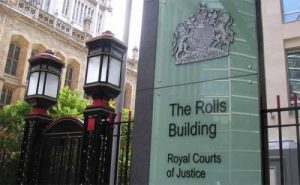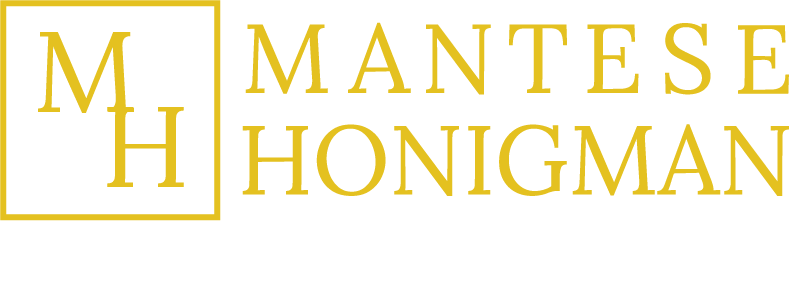The Business and Property Courts of England and Wales are experimenting with document disclosure procedures under a two year pilot program, set out in full here.

U.S. readers will see similarities between the pilot program and disclosure, discovery, and case management practices found in the Federal Rules of Civil Procedure and the civil rules of some U.S. state courts. The disclosure pilot program’s rules and principles reveal the same need to address and manage the information explosion resulting from electronically stored information, and to promote the efficient and fair resolution of cases. As in the new Federal Rules, reasonableness and proportionality are guiding principles.
[This two-year pilot program also applies in the Business and Property Courts in Birmingham, Bristol, Cardiff, Leeds, Liverpool, Manchester and Newcastle. (Par. 1.2)]
The driving axiom is that “[d]isclosure is important in achieving the fair resolution of civil proceedings. It involves identifying and making available documents that are relevant to the issues in the proceedings.” (Par. 2.1) The pilot program emphasizes party cooperation and good faith, with active judicial intervention. Thus, “[t]he court expects the parties (and their representatives) to cooperate with each other and to assist the court so that the scope of disclosure, if any, that is required in proceedings can be agreed or determined by the court in the most efficient way possible.” (Par. 2.3)
A few of the pilot program’s sections are quoted at length below, and other sections are generally summarized. Highlighting some of the key principles and practices:
- Reasonableness and proportionality define disclosure limits.
- A party must not only disclose documents supporting its case, but documents that could support the other party’s case.
- The court expects opposing counsel to cooperate, but this does not mean parties must surrender legitimate interests or unduly acquiesce simply to reach agreement, and there are means to address legitimate disputes with the judge.
- The parties and court have options concerning the scope of required disclosures, depending on the actual circumstances of each case.
QUOTED PRINCIPLES AND PROCEDURES
2.4 The court will be concerned to ensure that disclosure is directed to the issues in the proceedings and that the scope of disclosure is not wider than is reasonable and proportionate (as defined in paragraph 6.4) in order fairly to resolve those issues, and specifically the Issues for Disclosure (as defined in Appendix 1).
2.7 Disclosure extends to “adverse” documents. A document is “adverse” if it or any information it contains contradicts or materially damages the disclosing party’s contention or version of events on an issue in dispute, or supports the contention or version of events of an opposing party on an issue in dispute.
2.8 “Known adverse documents” are documents (other than privileged documents) that a party is actually aware (without undertaking any further search for documents than it has already undertaken or caused to be undertaken) both (a) are or were previously within its control and (b) are adverse.
2.9 For this purpose a company or organisation is “aware” if any person with accountability or responsibility within the company or organisation for the events or the circumstances which are the subject of the case, or for the conduct of the proceedings, is aware. For this purpose it is also necessary to take reasonable steps to check the position with any person who has had such accountability or responsibility but who has since left the company or organisation.
6.4 In all cases, an order for Extended Disclosure must be reasonable and proportionate having regard to the overriding objective including the following factors—
(1) the nature and complexity of the issues in the proceedings;
(2) the importance of the case, including any non-monetary relief sought;
(3) the likelihood of documents existing that will have probative value in supporting or undermining a party’s claim or defence;
(4) the number of documents involved;
(5) the ease and expense of searching for and retrieval of any particular document (taking into account any limitations on the information available and on the likely accuracy of any costs estimates);
(6) the financial position of each party; and
(7) the need to ensure the case is dealt with expeditiously, fairly and at a proportionate cost.
22.1 The parties are required to provide an estimate of what they consider to be the likely costs of giving the disclosure proposed by them in the Disclosure Review Document, and the likely volume of documents involved, in order that a court may consider whether such proposals on disclosure are reasonable and proportionate (as defined in paragraph 6.4). These estimated costs may be used by the court in the cost budgeting process.
SUMMARIES OF OTHER SECTIONS
Section 3 addresses when the duty to preserve documents is triggered and duties concerning communications with opposing counsel regarding preservation. Section 4 goes into the specific details of preservation. Section 5 covers the duties, and limits, of initial disclosures. Section 21 provides for disclosure of documents not produced, but which have been referenced by a party elsewhere in court papers.
Sections 6-12 address extended disclosures, when a party seeks more disclosure than what its opponent has provided. There are 5 different models possible: (1) disclosure confined to known adverse documents; (2) limited disclosure; (3) Request-led search-based disclosure; (4) Narrow search-based disclosure, with or without Narrative Documents; and (5) Wide search-based disclosure. This last category only applies in exceptional cases. Section 11 provides the parties with an opportunity to seek guidance from the court when they cannot work out disclosure disputes. Section 18 addresses the court’s ability to modify disclosure requirements during litigation.
Section 13 describes the manner of document production, including electronic documents. Section 14 sets out the means for addressing privileged documents, and challenges as to whether documents are actually privileged. Section 19 addresses inadvertent disclosure of privileged documents.
Section 15 addresses confidentiality, and section 16 covers redaction. Section 17 defines the court’s powers in addressing failures to comply with disclosure requirements and court orders, section 20 addresses sanctions, and section 23 addresses false disclosure certificates.
The court provides more detailed guidance on using these rules in a Disclosure Review Document. It also provides a form Disclosure Certificate for the parties use.
